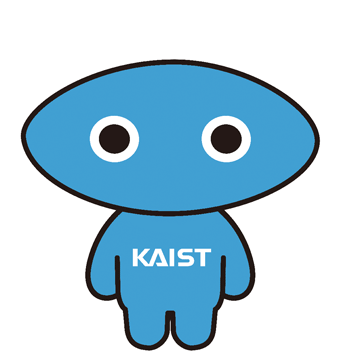
Study materials for NLP tasks
question and answer.open book question : question and additional piece of textual information or so called context is provided.
NQ):SuperGLUE
The GPT-like model’s prediction is one of the following form. Autoregressive process outputs the predicted answer.
Additional context can be added to the prompt for open-book question answering tasks.
Squad1.0, Squad2.0, TriviaQA, NQ
Fever
Fever
# zero-shot open question
question = "What is the capital of Korea?"
answer = "Seoul"
prefix = f"Answer the following question."
template= f"{prefix}\nQ:{question}\nA:"
# zero-shot closed question
question = "What is the capital of Korea?"
candidates = "(a) Seoul, (b) Busan"
prefix="Answer the following question."
template= f"{prefix}\nQ:{question}\nCandidates:{candidates}\nA:"
# few-shot open question
fs_qs = ["What is the capital of Korea?", 'What is the capital of Italy?']
fs_as = ['Seoul', 'Rome']
prefix="Answer the following question."
template= f"{prefix}\n"+"".join([f"Q:{q}\nA:{a}\n" for q, a in zip(fs_qs, fs_as)]) + "A:"
# few-shot closed question type I
fs_qs = ["The capital of Korea is Seoul", 'The capital of Korea is Busan']
fs_as = ['True', 'False']
candidates = "(a) True, (b) False"
question = "The capital of Italy is Rome"
answer= "True"
prefix=f"Answer the following question.\nAnswer candidates: {candidates}\n"
template= f"{prefix}\n"+"".join([f"Q:{q}\nA:{a}\n" for q, a in zip(fs_qs, fs_as)])+f"Q:{question}\nA:"
Determine the factuality of the following claim
Answer candidates: (a) supports, (b) rufuses, (c) not enough info
Claim:Roman Atwood is a content creator.
A: (a)
Determine the factuality of the following claim
Asnwer candidates: (a) supports, (b) rufuses, (c) not enough info
Claim: Nikolaj Coster-Waldau worked with the Fox Broadcasting Company
A:(a)
Claim: System of a Down briefly disbanded in limbo.
A:(c)
Claim: Roman Atwood is a content creator
A:(b)
Claim:Adrienne Bailon is an accountant.
A: (a)
f"Answer the following question. Q:{Q}\n Context:{C} A:
An encoder-and-decoder architecture encode the question and the context, and predict answers. Rather than using few-shot, the decoder predict the direct label (autoregressively).
question = "What is the capital of Korea?"
answer = "Seoul"
question = "What is the capital of Korea?"
context = "The capital of Korea is started by S"
answer = "Seoul"
template=f"QA question:{question} context:{context}"
In the SuperGLUE, and GLUE, the task description is added and all the training datasets for tasks are concatenated to construct a single training data set.
fever question: The capital of Korea is Seoul.
supports
f"squad question: Q context: C
Saint Bernadette Soubirous
